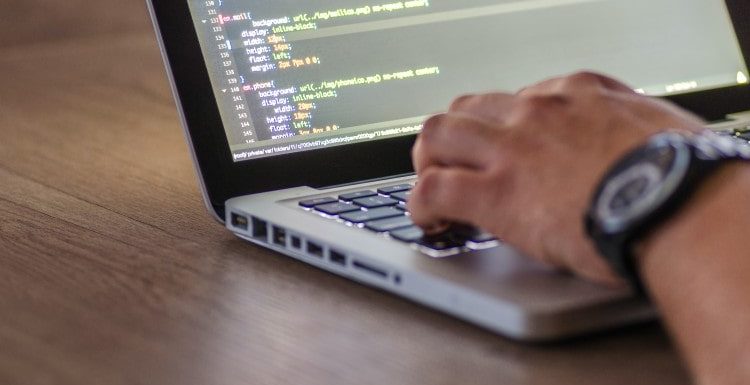
Being a successful coder requires a lot of hard work and dedication, but it starts with understanding the fundamentals of a programming language. As an educator, you are responsible for ensuring that your students have a solid grasp of the basics before they can progress onto more advanced topics. Here are some tips on how to make sure your students understand programming language.
Break Down Complex Concepts Into Smaller Steps
Programming is an intricate field, and it can be difficult for new coders to comprehend the many nuances of a programming language. Therefore, it is important to break down complex concepts into smaller steps that are easier to understand. Breaking down concepts into simpler parts will help students retain the information and enable them to apply it when coding.
For example, if you are explaining a concept like object-oriented programming, start by introducing the basic concepts first. Once students have a solid grasp of the basics, you can move on to more complex topics such as inheritance, polymorphism, and encapsulation.
Encourage Group Work
Working in a group can help students learn and understand programming concepts faster and more effectively. Working with peers allows one to discuss the material and work together to solve problems.
Encourage students to form study groups to practice python coding, discuss programming concepts, and share tips and tricks. This will help them gain a deeper understanding of the programming language and apply it to their projects.
Provide Visual Aids
Visuals can help learners better conceptualize and understand difficult topics. A simple diagram or flowchart can explain a complex programming concept in a way that is easy to comprehend. By providing visual aids, you can ensure that your students clearly understand the material.
The best visual aids for programming topics should be interactive and engaging. Try to use visuals that are relevant to the topic and have a clear purpose.
Explain the Concepts Through Real-World Examples
It can be hard for students to understand abstract concepts without real-world examples. As an educator, it is important to explain the programming concepts through relevant and easy-to-understand examples. Showing them how the programming language can be applied to a specific problem will help them better understand and remember the concepts.
Since programming languages are used to create software and applications, it is important to demonstrate how they can be used practically. Showing students real-world examples of how the language is used will help them understand its capabilities and limitations.
Encourage Questions
No one knows everything, so it is important to encourage students to ask questions. This will help them gain a better understanding of the material, as well as provide an opportunity for open discussion.
Encourage students to ask clarifying questions and express their opinions on the topic. By creating a space where they feel comfortable asking questions, they will be more likely to retain the information.
Provide Practice Problems
The best way to test students’ understanding is to provide them with practice problems. This will allow them to apply what they have learned and better understand the concepts.
Practice problems should be challenging yet achievable. Start with simple problems to ensure students are comfortable with the material before progressing to more complex topics.
Create Multiple Assessment Points
Assessment points are essential in evaluating a student’s understanding of the material. Creating multiple assessment points throughout the course will enable you to gauge their understanding and provide feedback as needed.
Assessment points can include quizzes, projects, presentations, or tests. Use various methods to ensure students have a comprehensive understanding of the concepts.
These assessment points should be spaced throughout the course, giving students ample time to practice and apply the concepts. This will help them retain the information and gain a more comprehensive understanding of the programming language.
Avoid Overwhelming Students
It is important to avoid overwhelming students with too much information. Start with simple concepts and topics and gradually increase the complexity as they become more comfortable with the material.
Provide students with resources and references that they can use to further their understanding of the language. This will help them gain a deeper understanding of the material and become more confident with their coding skills.
By following these tips, educators can help students understand programming languages more effectively. Your students will gain a comprehensive understanding of the language and be able to apply it to their projects. With practice, they will be able to write code with confidence and create their software applications.
